The Harberger Model: Monopoly Power and Resource Misallocation
VerifiedAdded on 2023/06/05
|5
|1504
|304
Essay
AI Summary
This essay explores the Harberger model and its application to understanding the misallocation of resources, particularly in the context of monopolies. It discusses the model's assumptions, including constant returns to scale and the impact of government intervention through taxation. The essay highlights Harberger's focus on the effects of monopoly power on market equilibrium and the resulting deadweight loss, emphasizing how monopolies can distort resource allocation for their benefit at the expense of consumers. The analysis also touches upon the role of antitrust policies and the importance of efficient resource distribution to minimize deadweight loss and promote economic equilibrium. Ultimately, the essay argues that appropriate resource allocation is crucial for sectors to operate optimally and generate decent profit rates within the economy, referencing Harberger's views on antitrust policies and their impact on monopoly capitalism.
1 out of 5
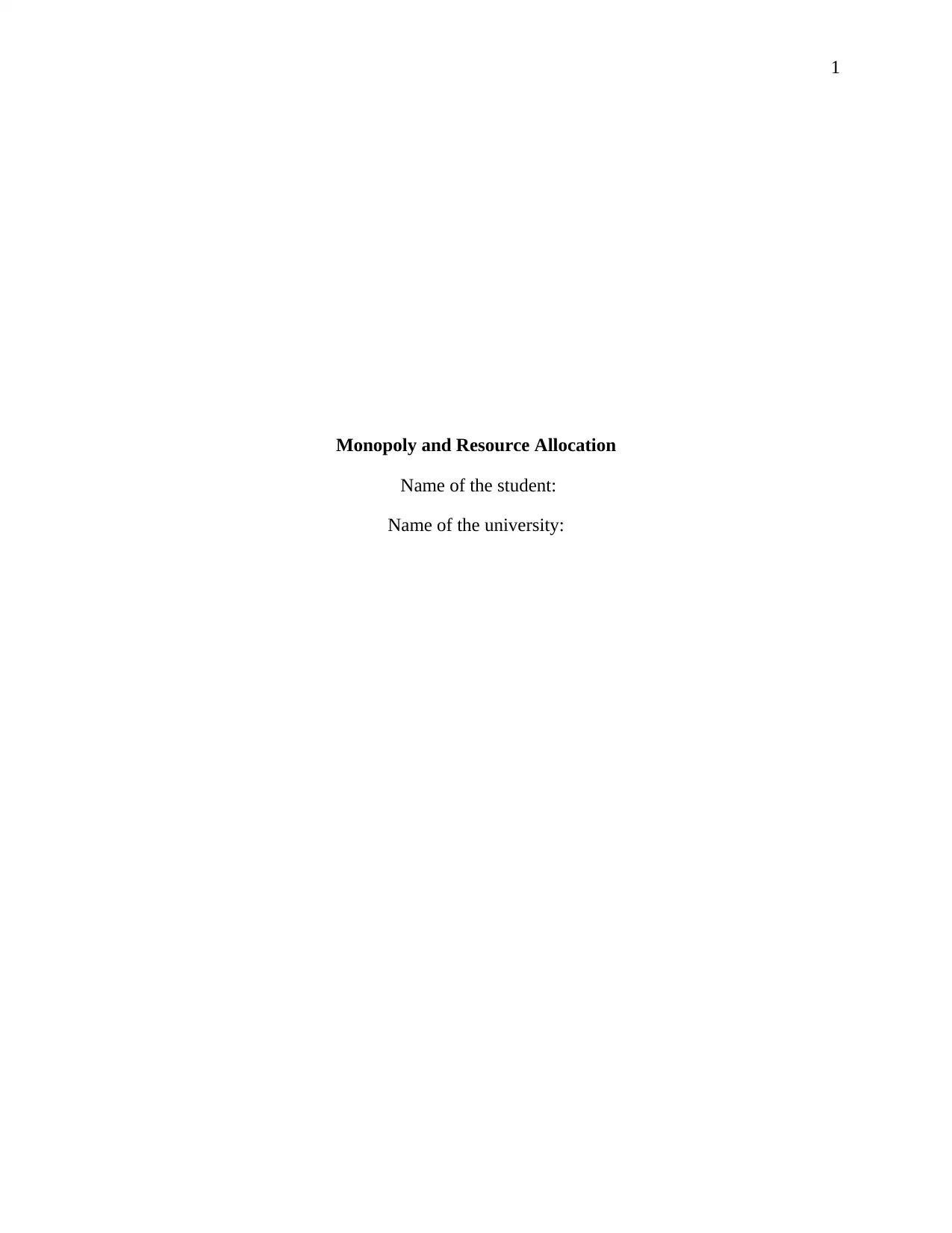
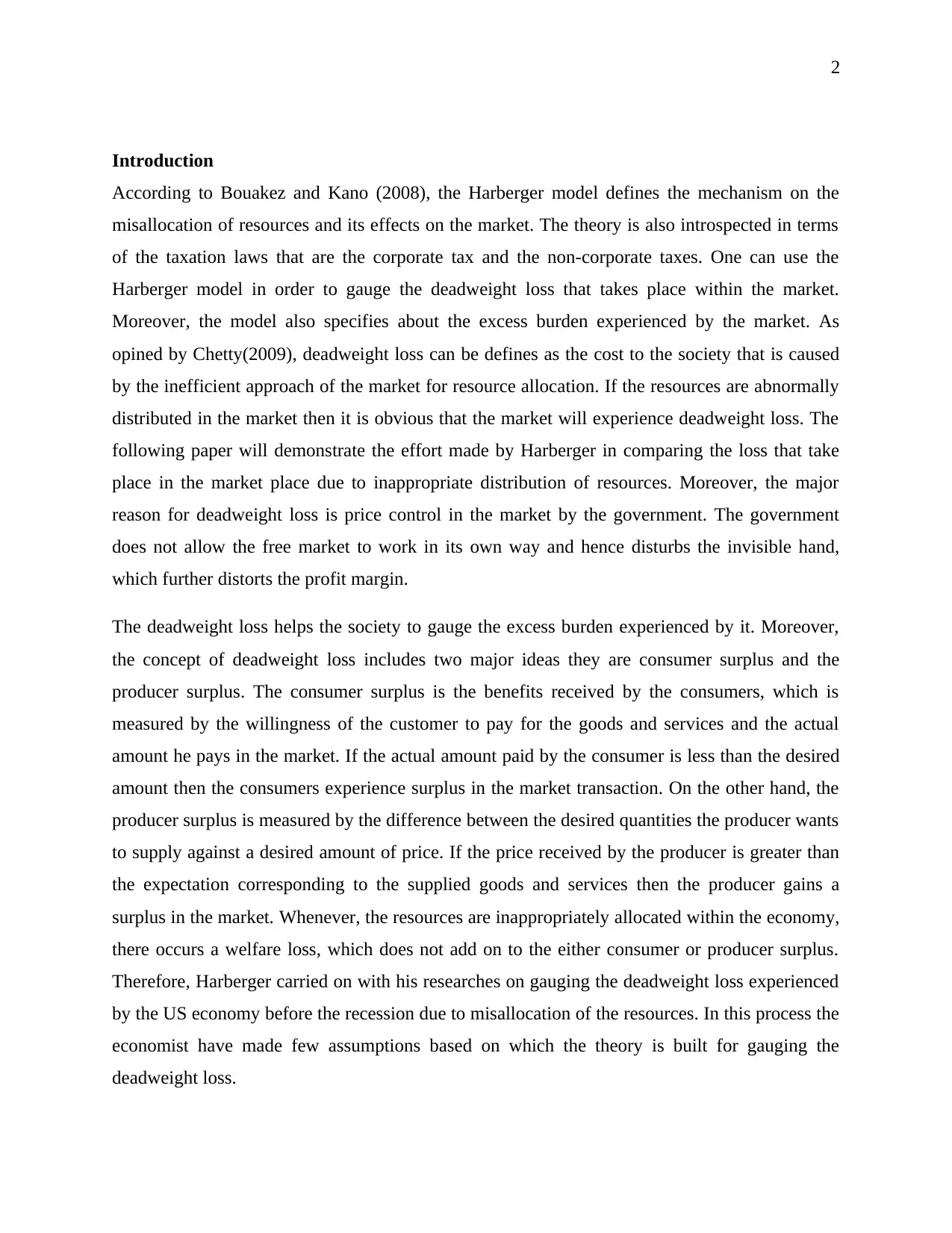
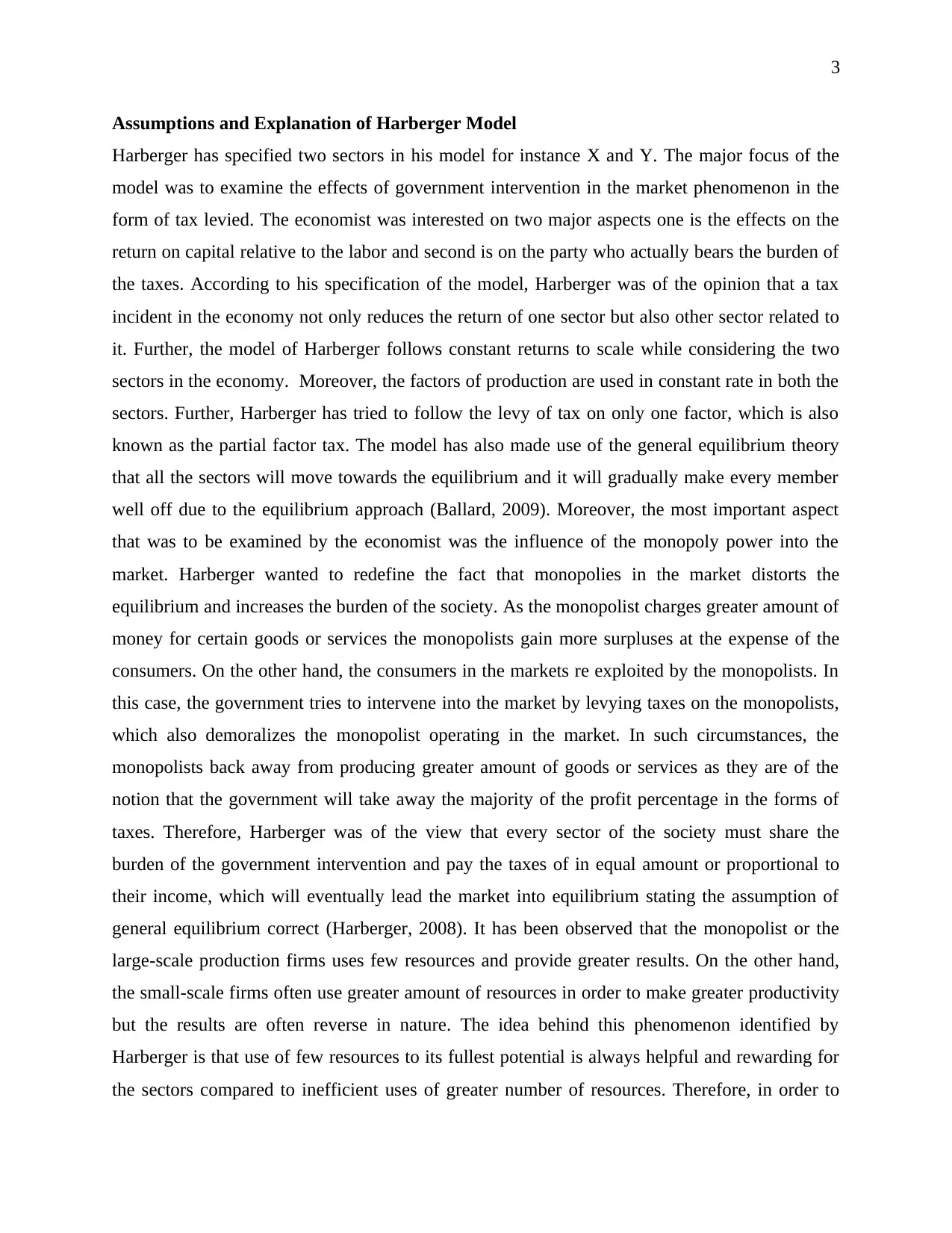
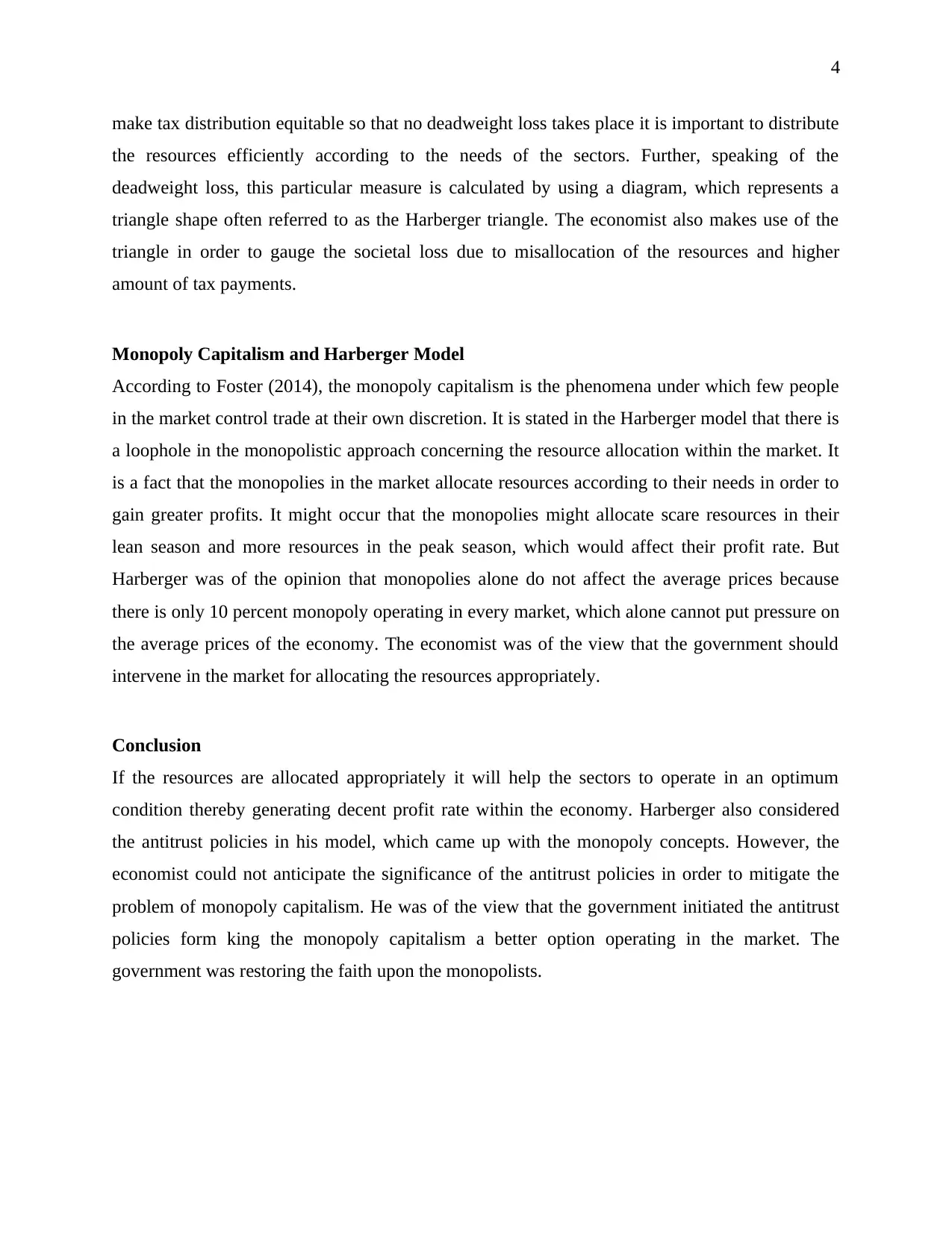
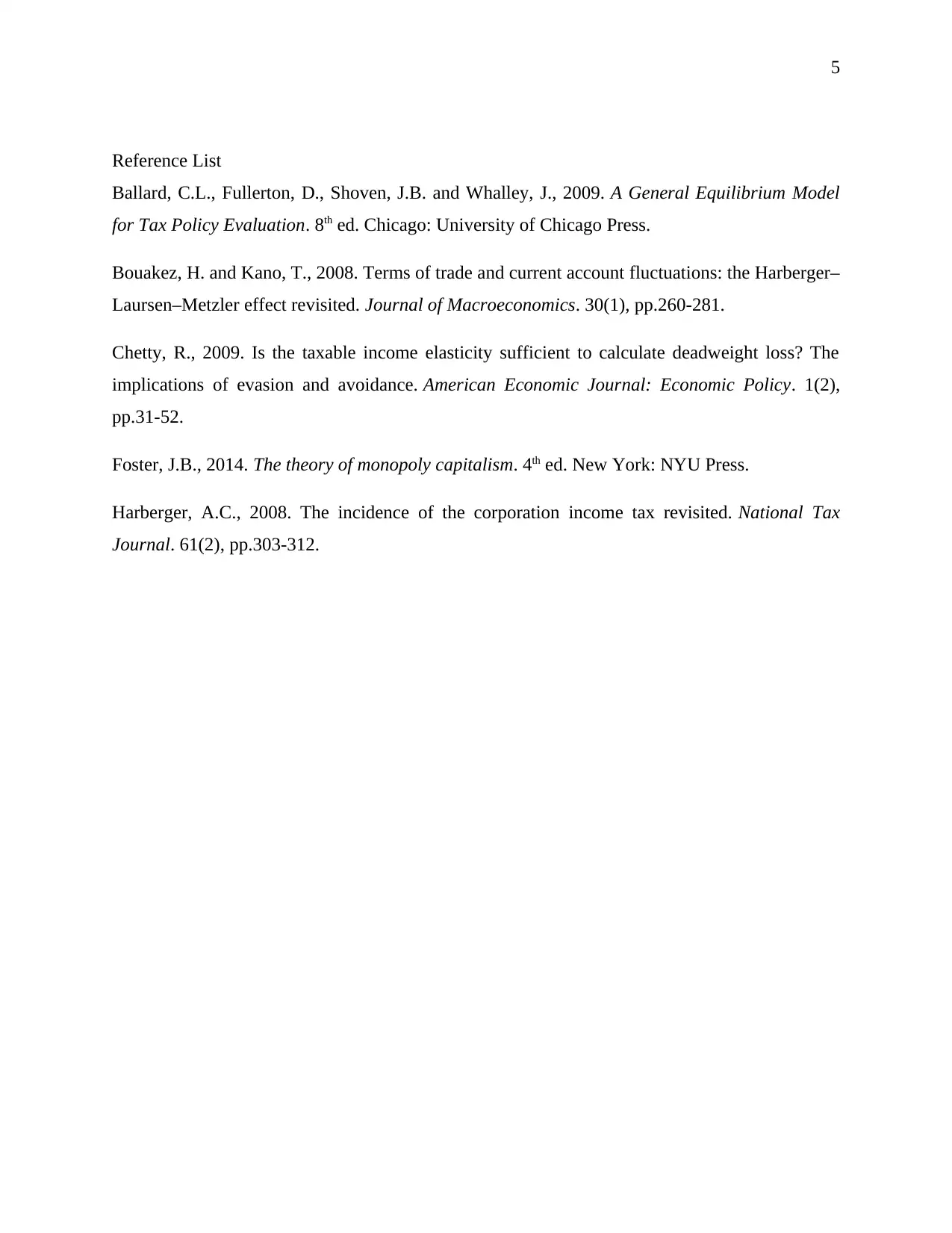




![[object Object]](/_next/static/media/star-bottom.7253800d.svg)